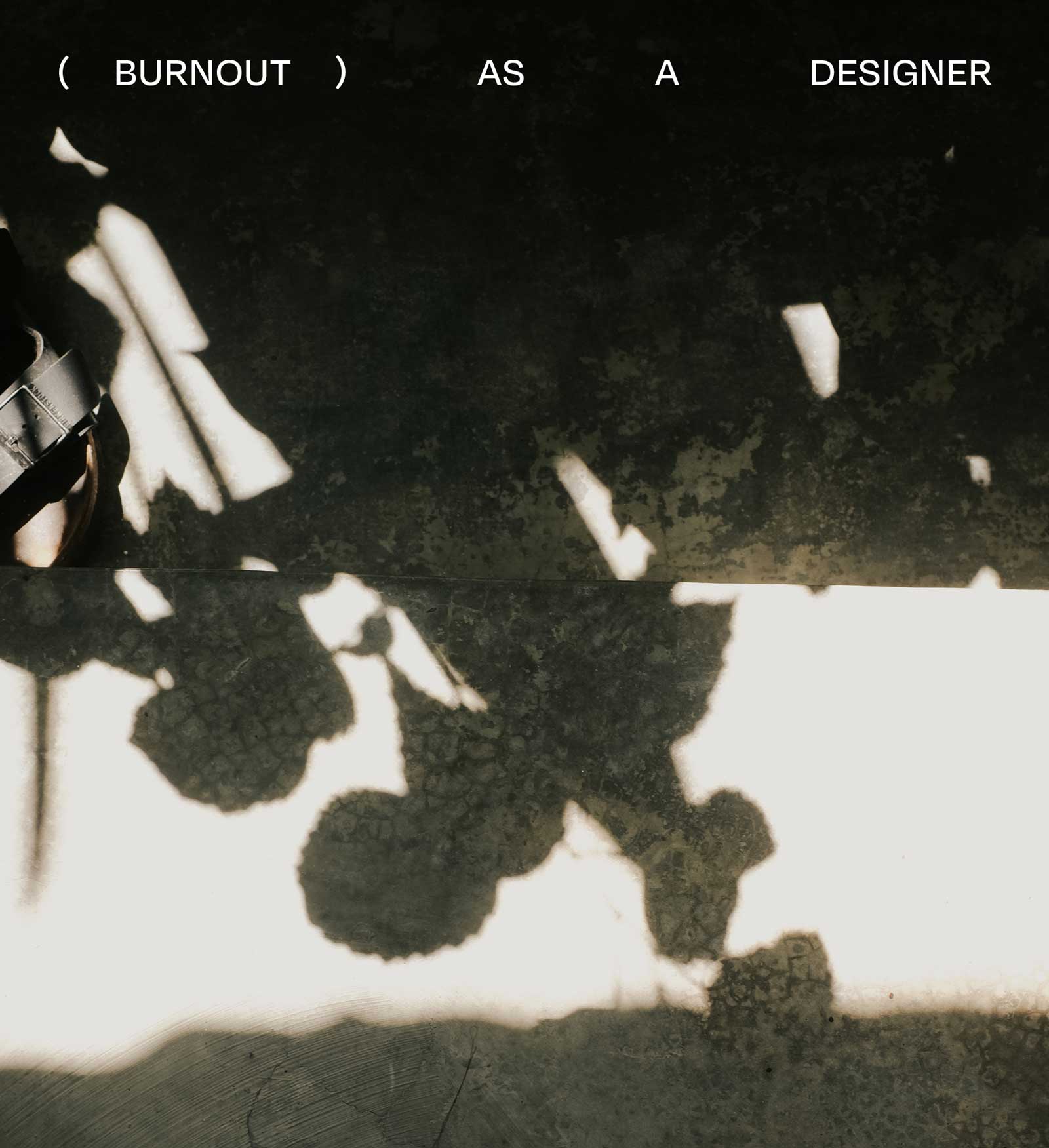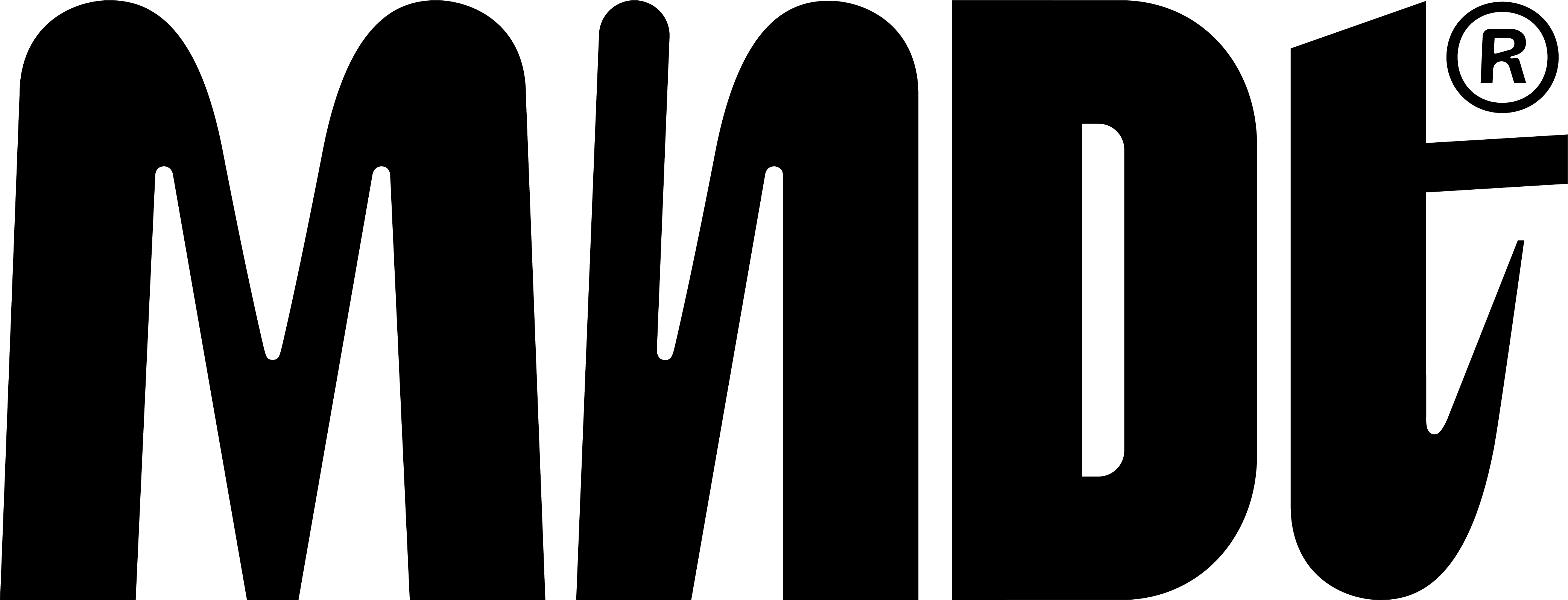Part 1—Understanding and Preventing Burnout in the Creative Field
This article is part of my three-part series on “Burnout as a Designer.” In this first part, I’ll share my personal story. In the second part, I’ll provide practical tips to help you establish practices in your business that can reduce your stress levels. Finally, in the third part, I’ll discuss essential oils and other daily practices that can support you in preventing burnout.
If you're anything like me, you may sometimes question whether you're currently experiencing burnout or heading towards it. Burnout as a designer? This is serious! Many designers I know embody the traits of workaholics and perfectionists, constantly striving to please everyone. As a result, they spend far too much time in front of a screen, neglecting movement, and dealing with stress from various sources—deadlines, communication overload, visual fatigue, performance pressure, and a lack of personal time. If you’re someone who internalizes these pressures, it can eventually become overwhelming.
In this first part of the series, I’m sharing a very personal narrative because I believe there should be more openness around this topic. I invite your feedback, your experiences, and any exchanges on this subject!
My Story: When Did I Realize I Might Be Experiencing Burnout as a Designer?
To clarify upfront, I have never been officially diagnosed with burnout. However, I am quite attuned to my body and my mental state. Unfortunately, that doesn’t mean I’m immune to falling into the trap of burnout. I’ve noticed many warning signs, some of which I ignored, and I’ve certainly felt the repercussions.
Being self-employed brings more freedom but also increases responsibility and worries. I’m someone who tends to overthink, which can be beneficial but often leads to a cycle of anxious thoughts: How do I attract clients? What happens when I have no projects? This thought spiral oscillates with periods of intense work, where it feels like there’s never a moment to breathe, and tasks pile up. I often feel like I’m wearing multiple hats—CEO, designer, strategist, marketing manager, secretary, project manager, social media manager, accountant, recruiter, copywriter—all rolled into one.
A couple of years ago, I experienced severe pain in my jaw and teeth, which, after several weeks of doctor visits and sleepless nights, was diagnosed as trigeminal neuralgia. This condition can, in the worst cases, follow you for life. I was prescribed medication, which eventually helped, and I was able to taper off the drugs over time.
However, things escalated. I faced a hormonal imbalance, skin issues, fatigue, tension, and lack of motivation. Stress compounded by unusual circumstances—including the pandemic and project cancellations—only added to my challenges.
During that time, there were mornings when I simply wanted to stay in bed. I felt utterly exhausted, and that’s when I realized: I think I’m facing burnout.
How Can You Respond to Burnout as a Designer?
First and foremost, consider seeking professional help. I’ve consulted a holistic practitioner who assisted me in alleviating my physical and mental challenges. I also consulted a neurologist. Ignoring the signs is not an option.
Years later and after two years of traveling, I now live in a completely different environment, very close to the woods. This change has been amazing and immensely helpful. Just taking breaks to enjoy the tranquility of nature feels incredibly refreshing. I am regularly taking long walks to clear my mind and reset.
Whether I experienced burnout all those years ago or in the meantime remains uncertain. However, I know I’ve been through a lot, and I must prioritize self-care moving forward—always. More relaxation, self-care, exercise, and meditation are essential. Additionally, it's important to allow yourself to do nothing and not feel guilty about it.
How you manage and structure your business is also critical. Setting boundaries with clients, implementing a few rules, and planning your workdays more effectively are necessary steps. I’m still working on this, as I often prefer to go with the flow, but I’m making progress. In general, taking on less also helps.
Consider delegating tasks and not trying to do everything yourself. This is one of my biggest challenges, and I’m curious to see when I’ll implement this moving forward.
If you want to exchange experiences with fellow designers and discuss various business and life topics, make sure to check out The Designers’ Well-Being Hub. It’s a supportive community where we can meet, share, and help each other thrive.
In the second part of the “Burnout as a Designer“ blog series, I’ll share insights you can implement in your business to help reduce your stress levels.
Stay Connected and Get Support
If you want to stay updated, feel free to subscribe to our newsletter to ensure you don’t miss any upcoming articles. Additionally, I encourage you to reach out if you want to share your thoughts or experiences regarding burnout as a designer.
With warmth,
Sarah
This article is an adaptation of an OG post, written by our Founder and Creative Director Sarah, with translation and editing assistance from AI technology (ChatGPT).


No Comments.